We start with a 50W LED
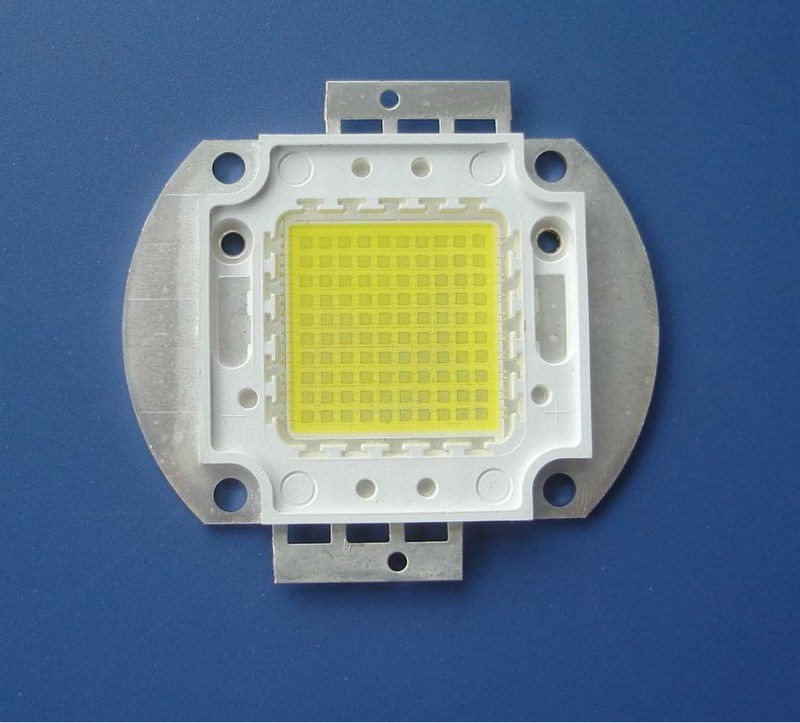
... and we seek to control its brightness digitally with a micro-controller. Simple, right? Let's complicate it.
Conventional aquarium lightning is on/off -- not the sun rising and setting due to the earth's rotation. However, that cycle of sunlight (called the DIURNAL cycle) has been measured all over the world. As one should expect, it is a normal distribution. Here is a graph of solar insolation for a summer's day - normalized for a 24-hour day:
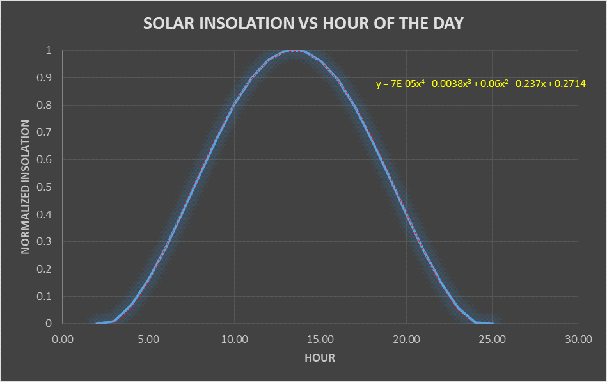
... that's funny, the spell-checker doesn't recognize insolation ... here:
in·so·la·tion
/ˌinsəˈlāSH(ə)n/
nountechnical
noun: insolation
- exposure to the sun's rays.
- the amount of solar radiation reaching a given area.
OK, now we need to worry about timing. My controller uses a real-time-clock (RTC) with a capacitor backup. We program it for the local time (where our "aquarium" sits on the Earth). So, it knows the local time of day to the second. We stick the DESIRED LOCATION (DL) we want to duplicate into the ROM of the micro-controller (latitude and longitude of, say, Palau, or the Red Sea). The micro-controller (I like to use PIC24's) controls the brightness of the LED according to the solar insolation curve for the DL, but synced to local time.
Later, we add lunar illumination (using blue LEDs) following the exceedingly complex lunar dance (not just phases, but perigee/apogee and orbital declination as well).
... and still later, we'll add TIDAL effects (corals like to spawn during neap tides) ...
... stay tuned.
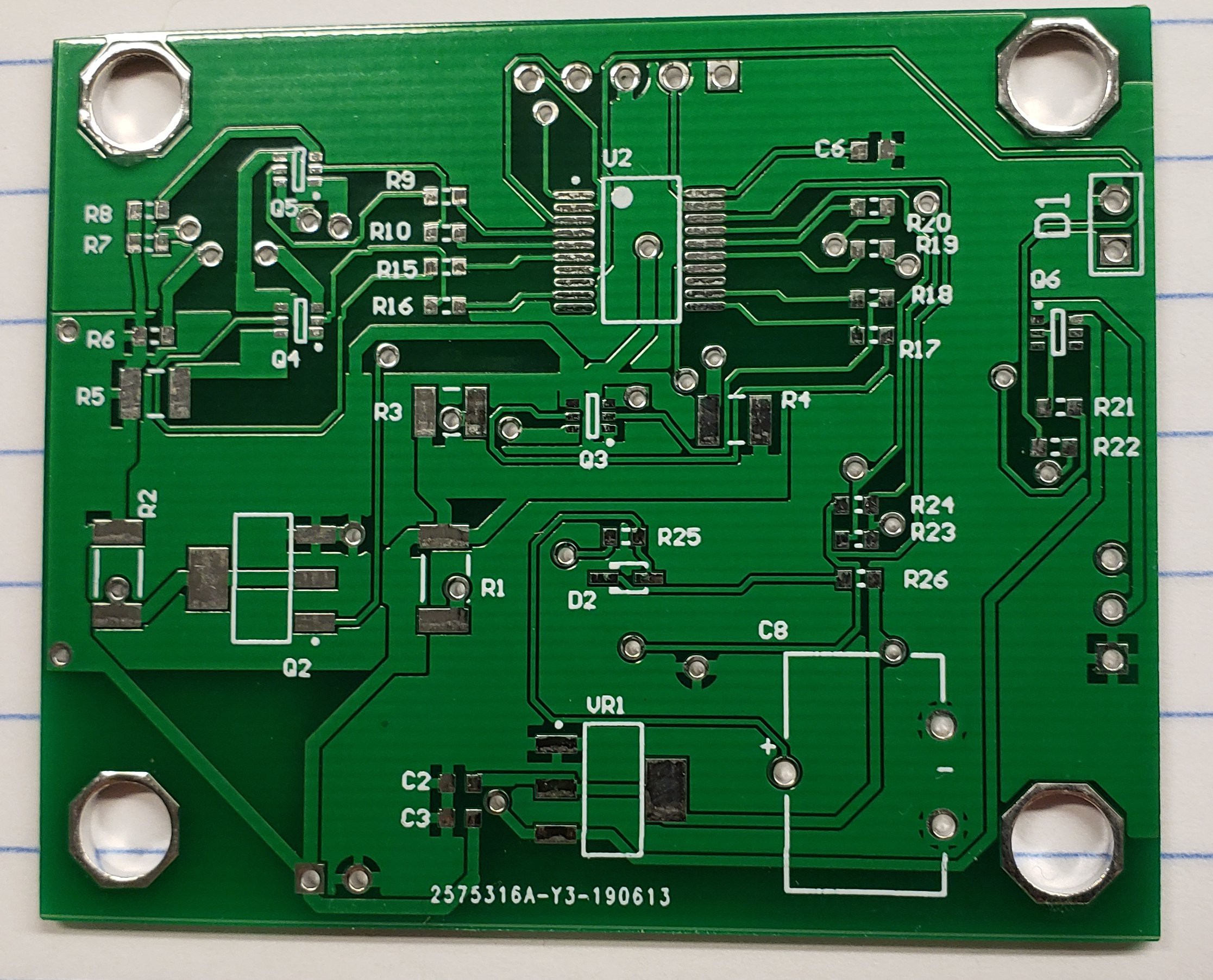
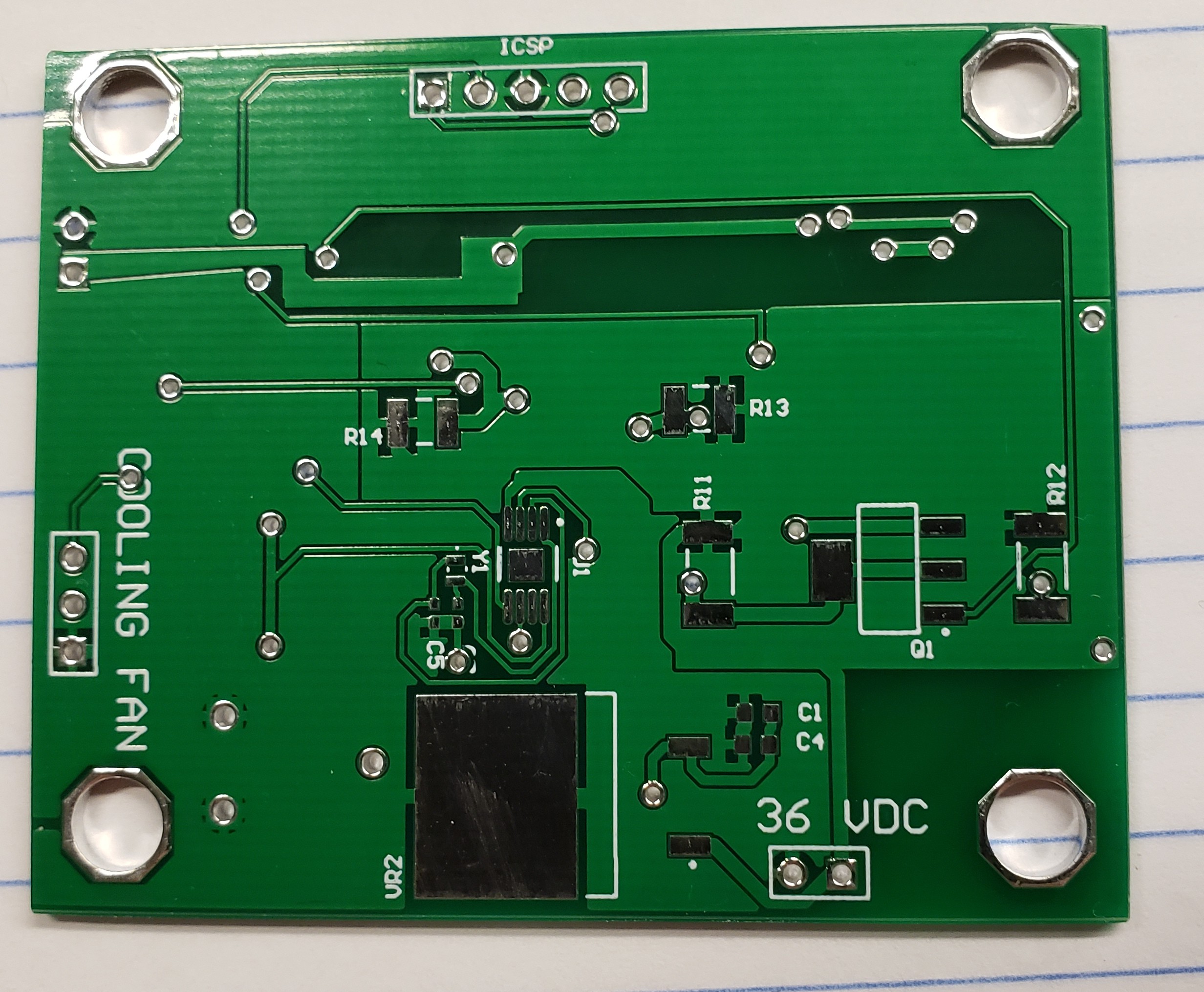 ... not bad for $8.00 (for 5 boards) ... populating the board with the voltage regulators now.
... not bad for $8.00 (for 5 boards) ... populating the board with the voltage regulators now.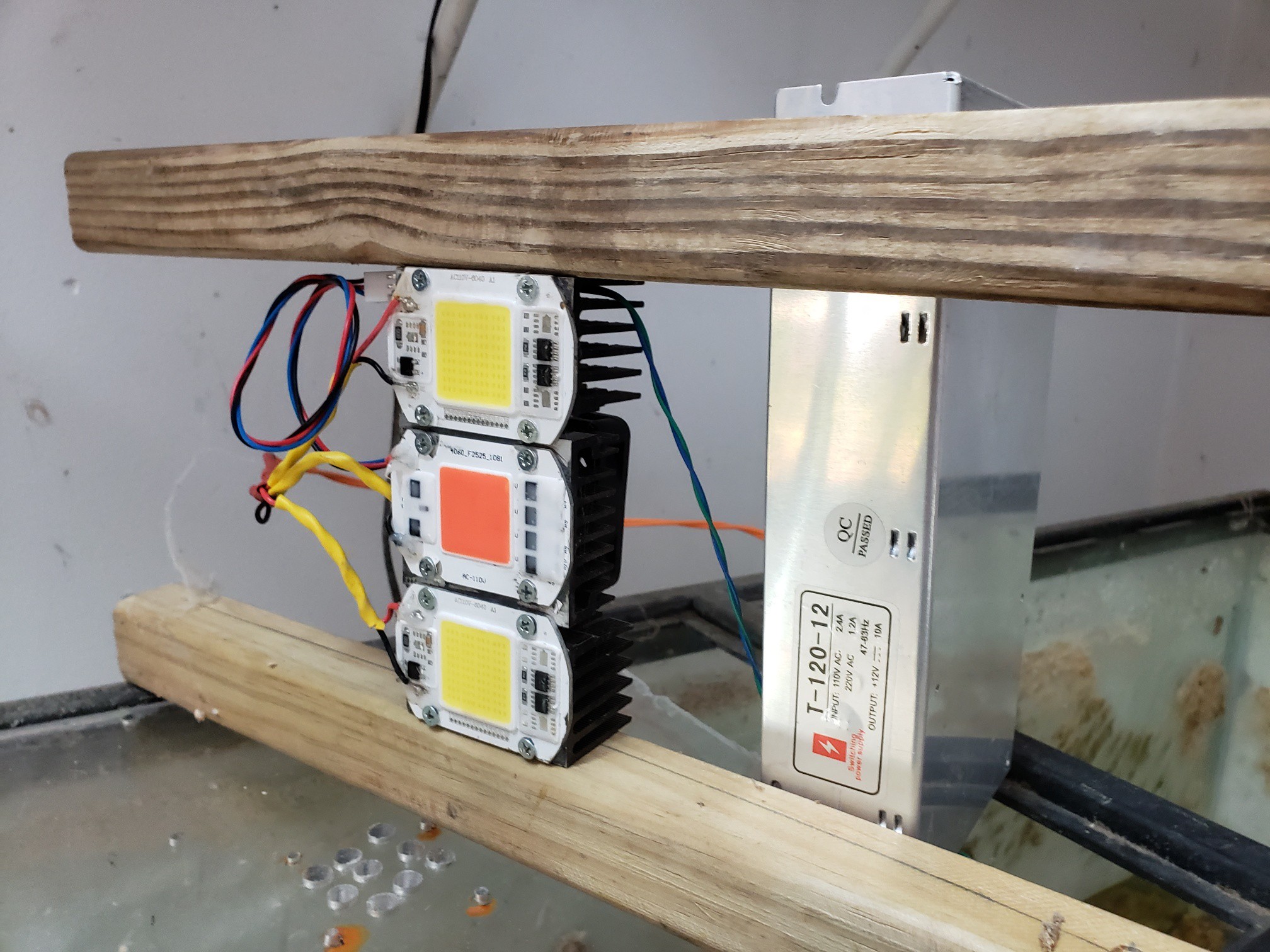
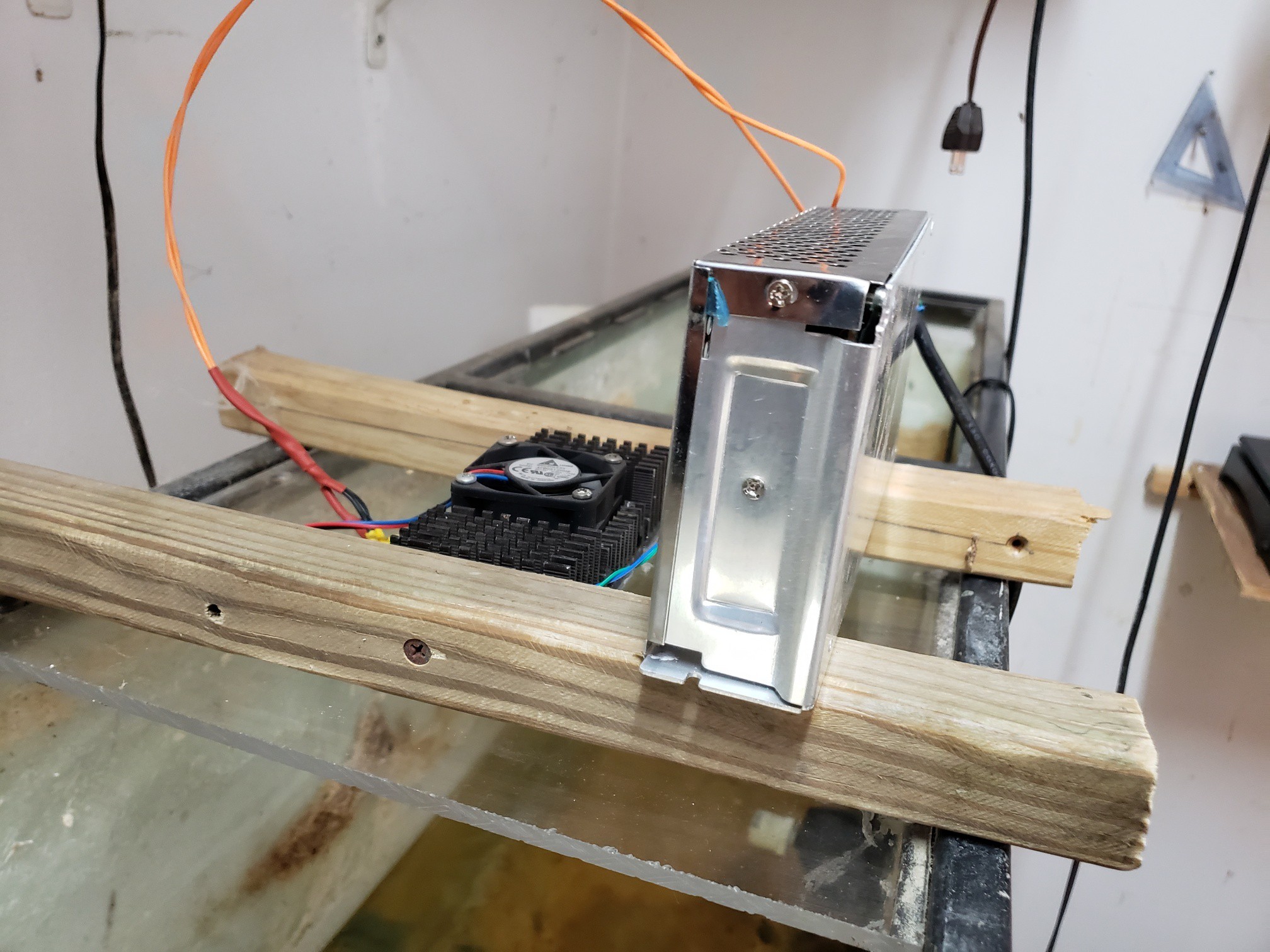 It has worked for some months ... used it for hydroponic tomatoes for a while (they loved it!)
It has worked for some months ... used it for hydroponic tomatoes for a while (they loved it!)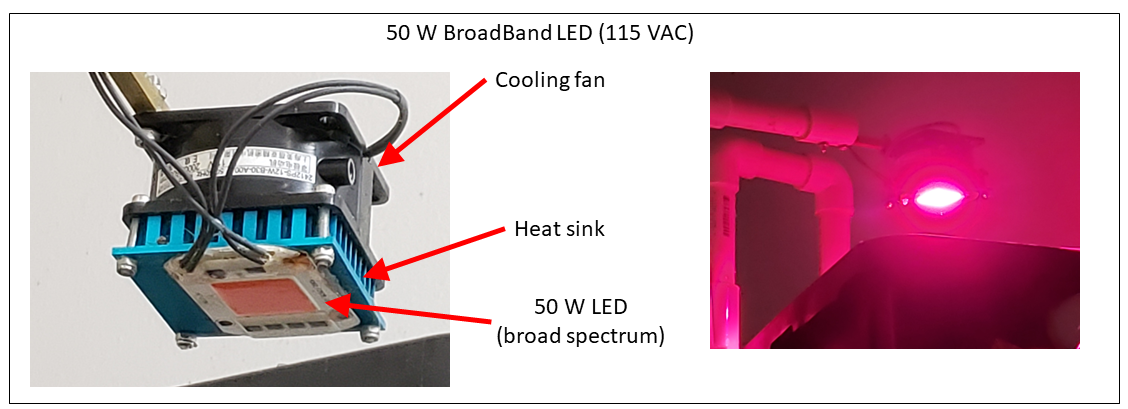
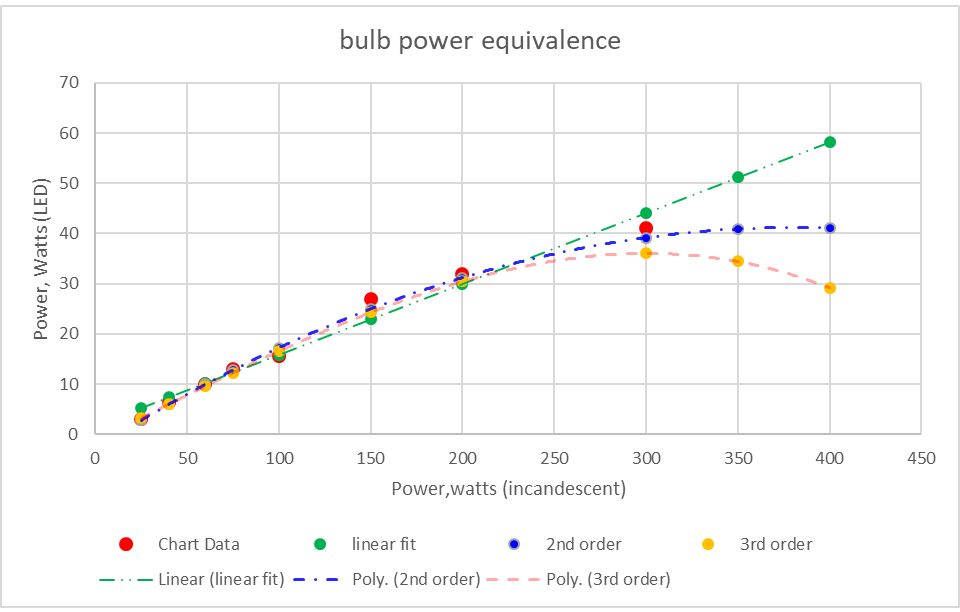
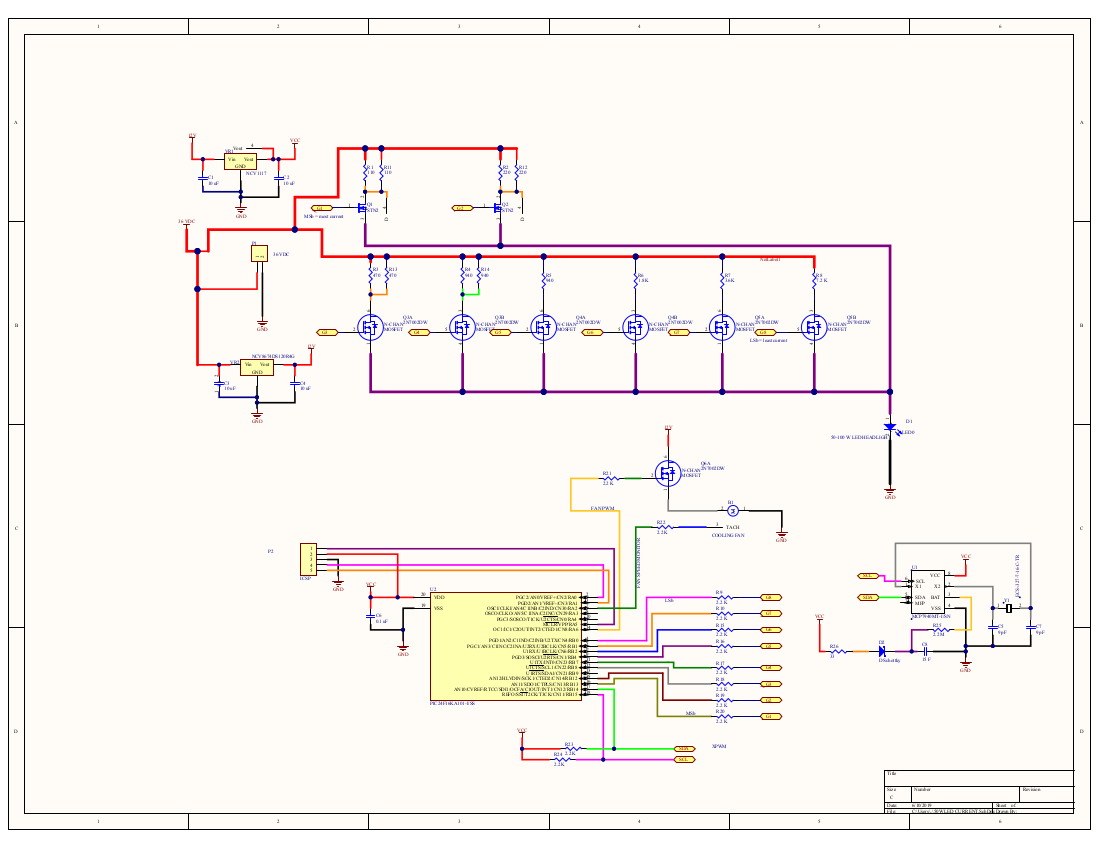
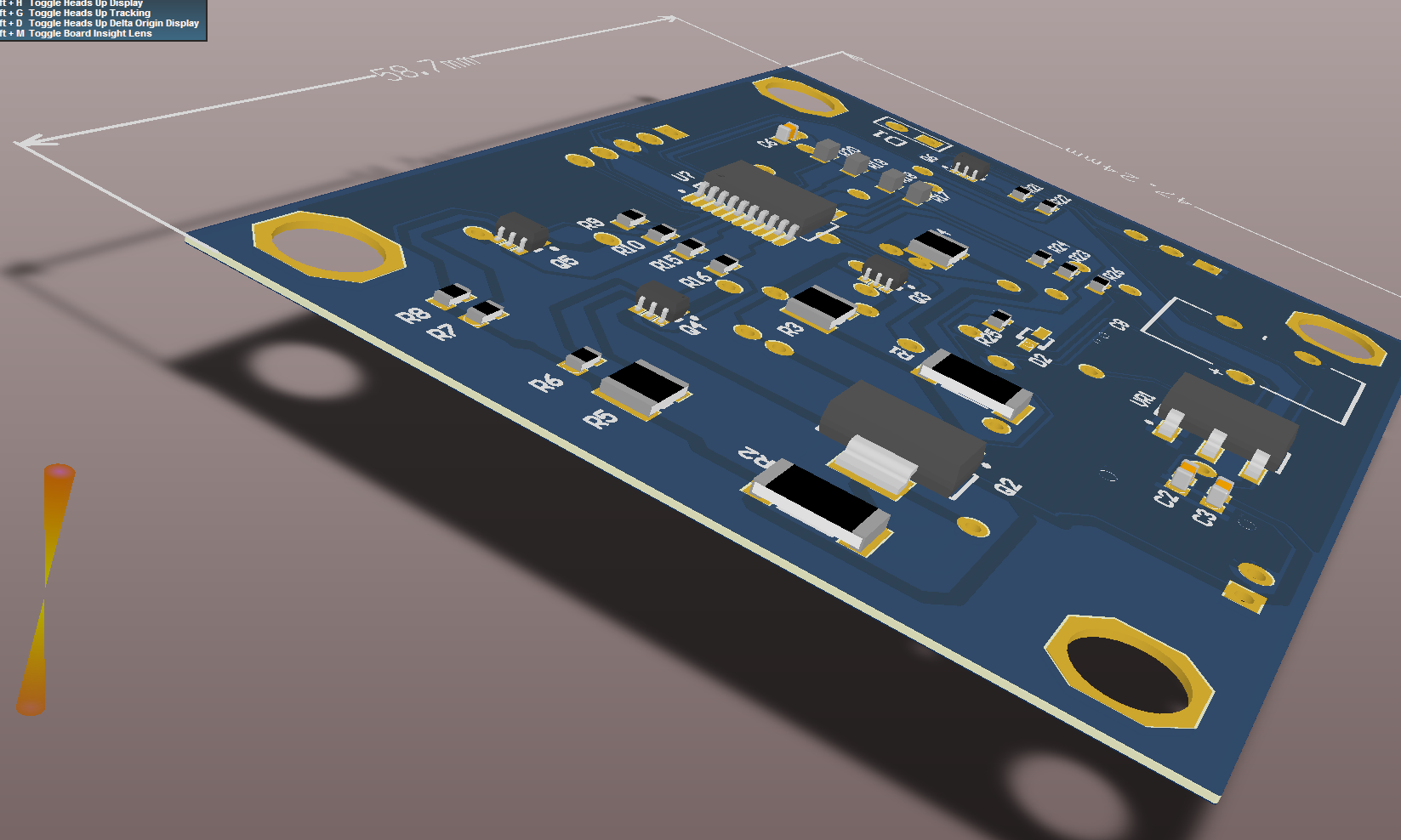


From where come this:
"It is important when making lights for biological systems to use CURRENT CONTROL ... not voltage/PWM. An LED controled by a PWM signal only APPEARS to brighten or dim. It's not really ... it's just fast blinking all on/all off . The strobing effect is undesirable by lots of plants and animals. On the AVERAGE, the PWM signal looks analog, but it's really just strobing digital."?
It's a personal impresion or from existing studies?
If for human eye over 25-30Hz light seem to be continuos for plants is not the same?